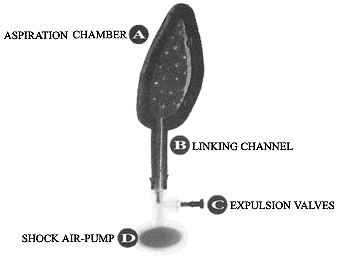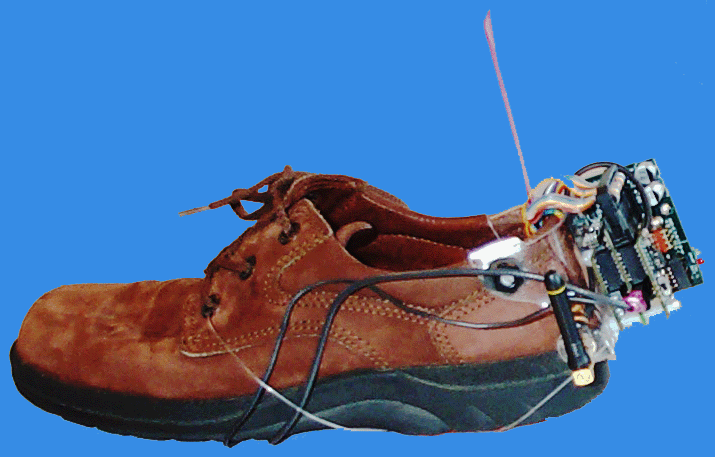The need of a tricycle for disabled children that are able to cycle is permanent. Several commercially available models are not comfortable, awkward, and non-ergonomic. The devise is to be safe, easy to climb and to get off, ergonomic, and designed for children.
Shabtai Hirshberg from School of Practical Engineering at Hadassah College Jerusalem designed this trike to encourage physical activity among kids suffering from neurological or muscular disorders. It is named A2B. When a child mounts the trike, stepping on the pedal locks the wheels, enabling the child to literally walk right into a seated position. The chest support keeps the child stabilized, and the whole trike can be customized to each child's needs.The gear based rear wheel makes it easy for the child to pedal since less force is required to drive the system. The entire steering shaft is cable driven so very small movements translate into larger ones. 
Now, I hope that Israel, known for its fast commercial implementation and economic stability (I mean the last weeks) will provide entrepreneurs for mass production of the A2B.
















































